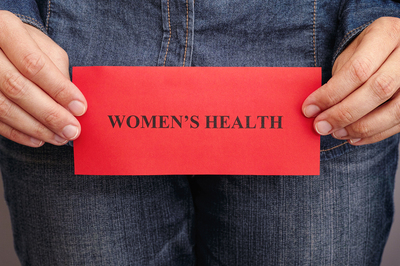
Alcohol use is a rising threat to women’s health.
High-risk drinking is on the rise in the United States, according to research published in JAMA. One of the populations experiencing the most significant increases in terms of using alcohol to a point that’s dangerous or harmful is women. Here’s a closer look at the data, what it means, why it’s happening, and how targeted treatment can help reverse the trend.
About the Study
Sponsored by a federal agency for alcohol use, the JAMA study concludes that “a public health crisis” is underway, with certain populations, including women, in a greater crisis than others. Specifically, the findings indicate two troubling areas pertaining to women and alcohol use: high-risk drinking and problem drinking.
For high-risk drinking, which refers to the number of drinks per day, the overall increase was 29.9 percent. Among women, however, it skyrocketed by 58 percent.
For problem drinking, which comprises both alcohol abuse and alcohol dependence, the overall increase was just under 50 percent. Among women, however, it spiked to 83.7 percent.
Understanding the Numbers
The takeaway, according to NPR? “The results show a narrowing of the ‘gender gap’ in drinking disorders, which is consistent with previous research. That is, men are still more likely than women to be problem drinkers, but women are catching up. Changing social norms around female alcohol consumption are part of the equation, the study says — but stress may be another factor.”
According to the National Institute on Alcohol Abuse and Alcoholism (NIAAA), women are at increased risk for alcohol-related problems for several reasons such as because problems develop at lower drinking levels than for men; because of lower body weight; and because their bodies contain less water, which is where alcohol predominantly resides in the body.

What seems like harmless fun is a crisis in the making for many women.
As high-risk and problem drinking continue to rise among women, so do the associated health risks. For starters, there are the risks that affect everyone, including liver damage, heart disease, brain and nervous system problems, anemia, cancer, seizures, gout, infections, digestive problems, and sleep disorders. In fact, women are actually more likely to develop liver damage and heart disease than men.
Then there’s the fact that women face additional health risks, including breast cancer, pregnancy, and fetal alcohol syndrome.
Limiting Risk of Alcohol-Use Disorders (AUD)
While drinking alcohol always comes with risks, the NIAAA has determined that women who drink no more than three drinks on any single day and no more than seven drinks per week are at low-risk for developing AUD. Those who drink in excess of this amount are putting themselves in much greater danger. As more women fall into the latter category, it’s important to note that it’s not all doom and gloom. The good news? Women are often more likely than their male peers to seek treatment, which can mean the difference between ongoing AUD and recovery.
It’s also important to note, however, that all substance abuse treatment programs aren’t created equal, and the best results can be expected from programs that acknowledge gender-specific factors that influence treatment retention and outcomes. Research indicates that women benefit more from “supportive therapies” than more conventional confrontational approaches.
Not only that but according to Substance Abuse Treatment: Addressing the Specific Needs of Women, “Recovery and healing goes beyond abstinence from alcohol or drugs to developing relationships with others. Many women will need to explore the connections between substance abuse and sexuality, body image, sexual identity, sexual abuse, and the fear of sex when they are alcohol and drug-free. Therefore, the consensus panel believes that discussion of women’s sexual issues is an important part of substance abuse treatment.”
Enter leading St. Louis Harris House, an alcohol treatment center which offers targeted treatment aimed at meeting the specific needs of women. Call us today to learn about admissions.








